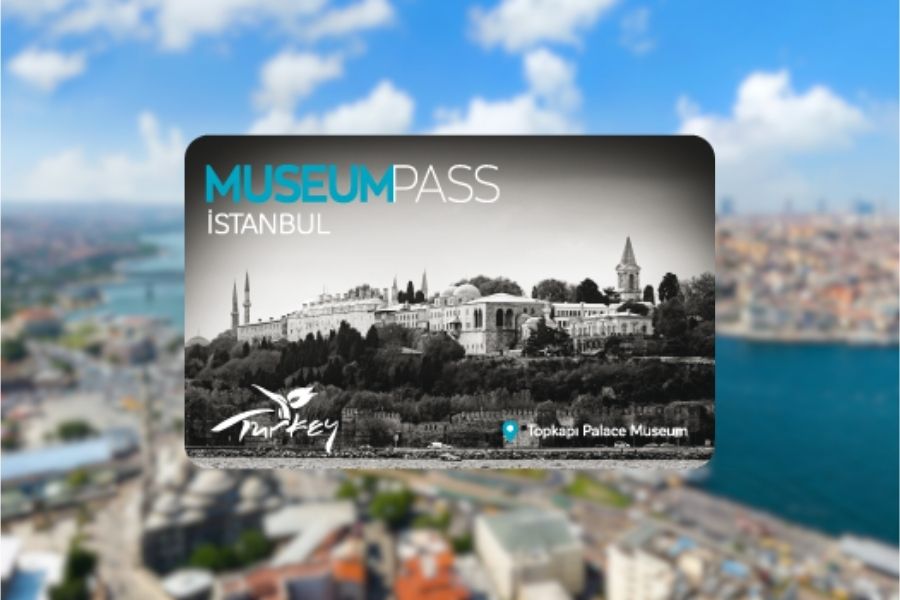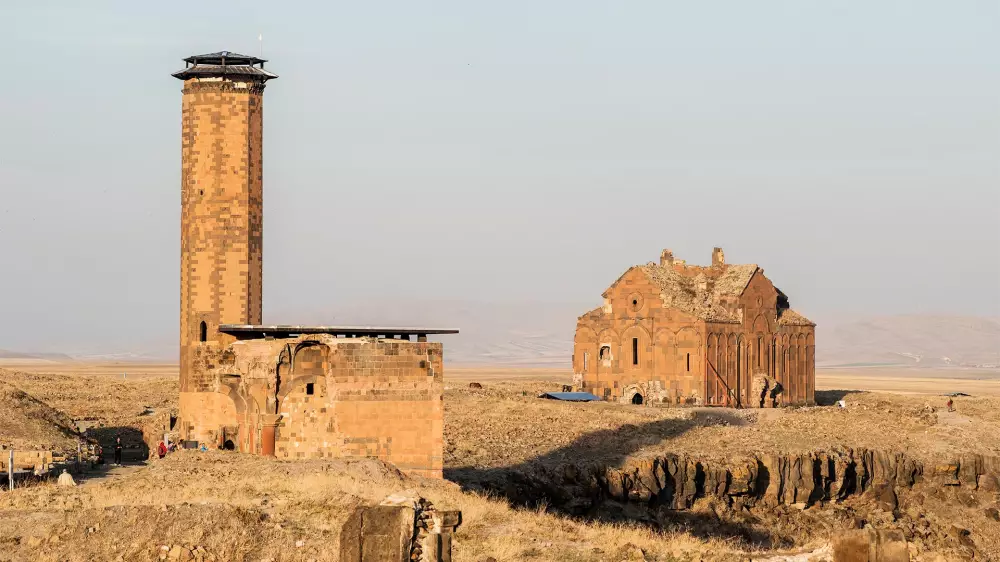
Antalya Archıtecture From Past To Today
Ma’am and sir, greetings to everyone from our block with the theme of ‘architecture of the city’ which is one of our favorite articles. Some may know, but for those who do not know us, we should mention that in GeziBilen, there are no such boring history narratives, ,depressing architectural descriptions etc.. We make people love history, we make them smile at architecture. And yet E come on, let's go.
The Pearl or the capital of the Mediterranean, you decide on its nickname... Just don't forget that this city dates back thousands of years. It should not be forgotten that Antalya has a layer-by-layer architecture blended with countless civilizations and cultures.
The city building in Antalya has started to take shape since the 2nd century BC, and it has become layer by layer as we said before in a journey from antiquity to the present... The influence of the dark church architecture at the birth of Christianity is seen here, the large structures where the theater, one of the most beautiful arts remaining from ancient times, can be viewed. The settlements on the sides of the trade and culture roads, also known as the Lycian Way, also come to the fore, as well as the structures consisting of castles and ramparts.
In its thousands of years of history, the city has been built with influence of the Arab invasion and the Arab culture and there are also traces from Anatolian Seljuks to the Ottoman, from there to Turkey in the journey of the old and new works of Turkish architecture...
There are even architectural stories of this city... Especially one that goes all the way to Alaaddin Keykubat. Meanwhile, he is the ruler of the Anatolian Seljuks State. They say that Keykubat loves Konya so much, he adopts it so much that he wants to keep Konya alive in Antalya. This is why the name of Konyaalti Beach comes from here.
With its castles, baths, churches and its architecture, layer by layer, we said to tell you a little bit from the beginning because there is a possibility that you can also be tongu-tied in the face of the beauty of Antalya, which is today's magnificent state.



